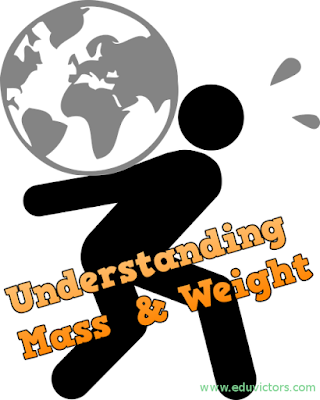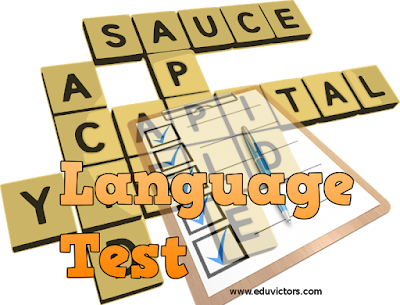Salient Features of the Constitution
T
he Indian Constitution closely follows the British parliamentary model but differs from it in one important respect that is the Constitution is supreme, not the parliament. The Indian courts are vested with authority to act as a judge on the constitutionality of any law passed by parliament.
The present constitution consists of the following:
①
The Preamble
②
25 Parts covering 448 articles
③
12 Schedules and
④
5 Appendices containing the Panchayats and schedule XI (Articles 243 G)
The parliament of India adopted the constitution on 26th November 1949. The constitution became fully operational with effect from 26th January 1950.
In September 2016, there has been 101st amendment (GST Bill) to the Constitution of India. The salient features of Indian constitution are listed as follows:
①
Written Constitution
②
Lengthy document
③
Drawn from different sources
④
A Federal Polity with unitary bias
⑤
Single citizenship
⑥
More flexible than rigid
⑦
A Democratic Republic
⑧
Balance between Judicial Supremacy and parliamentary
⑨
Universal adult franchise
⑩
Secular state
⑪
provision of provision of fundamental rights
⑫
Principles for a welfare state
⑬
Incorporation of fundamental duties
⑭
Emergency provisions
⑮
Protection of minorities
⑯
Provision for autonomous organisation



















